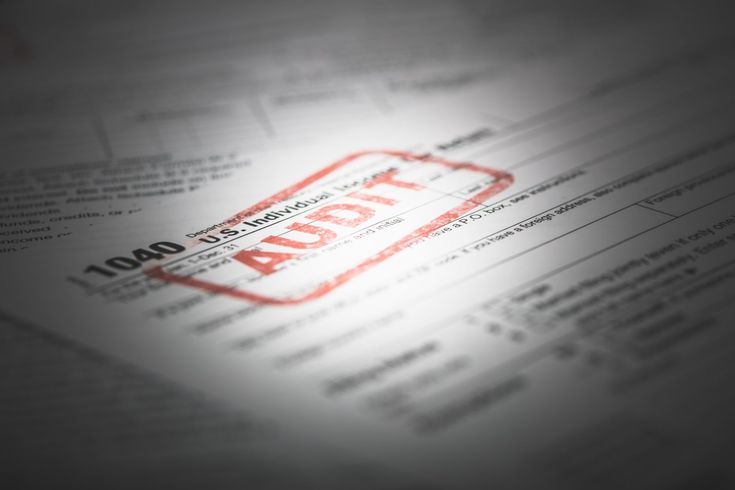Taxes feel complicated. But small credits add up. Claiming a credit cuts the tax you owe dollar-for-dollar. Some credits are easy to miss. Below are seven often-overlooked tax credits Canadians should check for. Each item shows who might qualify, how much it can be worth, how to claim it, and the docs to keep.

1) Canada Workers Benefit (CWB) — refundable help for working low-income Canadians
What it is: A refundable tax credit that tops up low earned income. It has a basic amount and a disability supplement. Government of Canada
Who may get it: Workers with low net income. There are different limits for singles and families. Government of Canada
How much: For the 2024 tax year the basic maximums were $1,590 (single) and $2,739 (families); there’s also a disability supplement. Exact thresholds depend on family size and province. Government of Canada
How to claim: Report it on your T1 when you file. If you use tax software it will flag eligibility. Government of Canada
Docs to keep: T4 slips, pay stubs, proof of residency, and records of other income.
Common miss: Low-income workers don’t realize they qualify. Check even if you’ve filed by paper in prior years—many miss it. (Tax Credits)
2) Disability Tax Credit (DTC) — large, retroactive, and gateway to other benefits
What it is: A non-refundable credit for people with prolonged and severe impairments. It can also unlock benefits (e.g., Registered Disability Savings Plan eligibility).
Why it’s huge: If approved, you can ask CRA to adjust prior returns — often up to 10 years — and get retroactive refunds.
Who may get it: People with significant physical or mental impairments. A medical practitioner completes form T2201 to apply.
How to claim: Apply with CRA using form T2201. If approved, request CRA to reassess prior tax years or use “Change my return” in My Account.
Docs to keep: Medical records, practitioner notes, invoices for disability-related costs.
Common miss: Families don’t realize the credit can be transferred to a supporting family member if the disabled person has no tax payable.
3) Home Accessibility Tax Credits (HATC) — renovations for seniors & persons with disabilities
What it is: A federal non-refundable credit for eligible accessibility renovations. It helps seniors or people eligible for the DTC. Government of Canada
How much: For recent tax years you can claim eligible expenses up to $20,000 per dwelling — that gives a federal credit up to $3,000 (15% × $20,000).
Who may get it: Homeowners aged 65+ or anyone eligible for the DTC who paid for qualifying renovations. Government of Canada
How to claim: Report on line 31285 of your T1 and keep contractor receipts and invoices. Government of Canada
Docs to keep: Receipts, contractor GST/HST numbers, before/after photos.
Common miss: DIY supply items and travel for the renovation are often forgotten. Always save receipts.
4) Multigenerational Home Renovation Tax Credit (MHRTC) — refundable help for creating units
What it is: A refundable credit for renovating to create a self-contained unit so a senior or adult who qualifies for the DTC can live with family. Government of Canada
How much: You can claim 15% of qualifying expenses, up to $50,000, for a maximum credit of $7,500 per renovation. Government of Canada
Who may get it: Homeowners who add a secondary unit for a qualifying relation (senior or DTC-eligible adult). Government of Canada
How to claim: Follow CRA guidance and keep full contractor records and permits. The CRA has specific rules about what counts as a qualifying renovation. Government of Canada
Docs to keep: Project invoices, plans, proof the relative qualifies (e.g., DTC approval), and photos.
5) Volunteer Firefighter & Search-and-Rescue Volunteer Tax Credits — now bigger
What it is: A non-refundable credit recognizing emergency services volunteers. It used to be smaller. Government of Canada
Recent change: Budget 2024 doubled the credit amount from $3,000 to $6,000 (so the federal credit at 15% can now be up to $900). Check CRA rules about the required 200 eligible hours threshold. Government of Canada+1
Who may get it: Volunteer firefighters or search-and-rescue volunteers who meet the hour and service rules. Government of Canada
How to claim: Enter the relevant line (see CRA instructions) and keep logbooks or employer confirmations. Government of Canada
Docs to keep: Hour logs, letters from the organization, training certificates. (Tax Credits)
6) Tuition & Education — transfer or carry forward unused tuition t credits
What it is: Students often have unused tuition credits. They can transfer up to $5,000 of the current year’s federal tuition amount to a spouse, parent, or grandparent—or carry unused credits forward. Government of Canada+1
Who benefits: Students and parents. Parents often miss claiming an eligible transfer from a child. Government of Canada
How to claim: Student completes Schedule 11 and indicates the amount to transfer. The recipient enters it on line 32400. Government of Canada+1
Docs to keep: T2202 or other tuition slips and the student’s completed Schedule 11.
7) Canada Caregiver Amount — for people supporting an infirm dependant (Tax Credits)
What it is: A non-refundable credit for people who support an infirm spouse or other dependent. The amounts differ by dependant’s age and situation. Government of Canada+1
How much: For 2024 examples: a dependant under 18 (infirm child) could allow a claim of about $2,616 on line 30500; larger amounts apply for adult infirm dependants (up to several thousand, depending on income limits and status). Always check CRA pages for exact figures. Government of Canada+1
How to claim: Complete the relevant Schedule/line on your T1 and keep a signed statement from a medical practitioner if CRA asks. Government of Canada
Docs to keep: Medical practitioner statements, proof of support payments, the dependant’s net income documentation. (Tax Credits)
Quick checklist — Tax Credits
- Look at each credit above. See which ones apply.
- Gather receipts, T-slips, medical forms, contractor invoices, and volunteer hour logs.
- Use CRA My Account or certified tax software to file or to request changes to past returns (CRA My Account allows changes for the last 10 years). Government of Canada
- If you think you missed credits in past years, ask CRA to reassess or file T1-ADJ forms.





